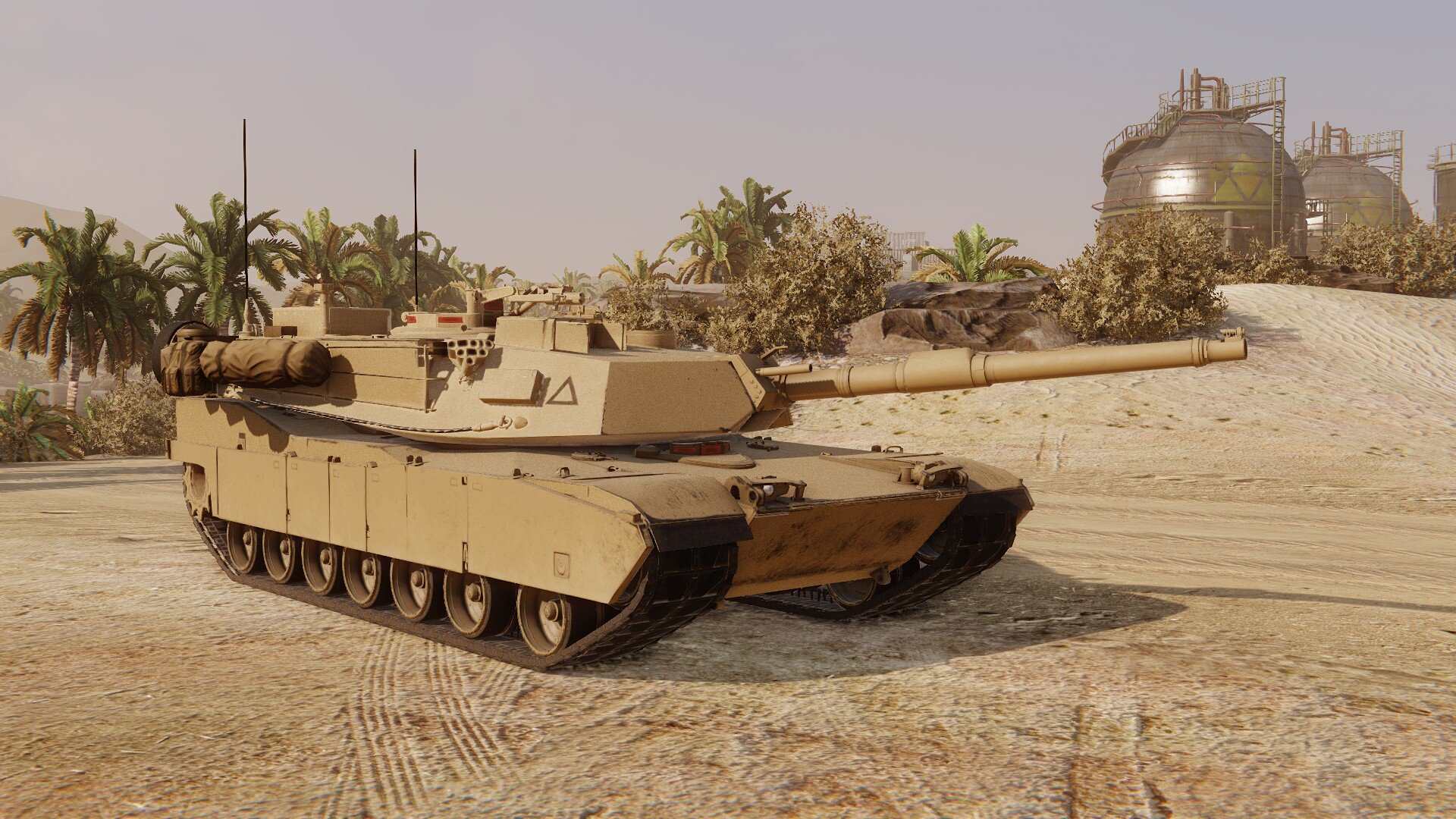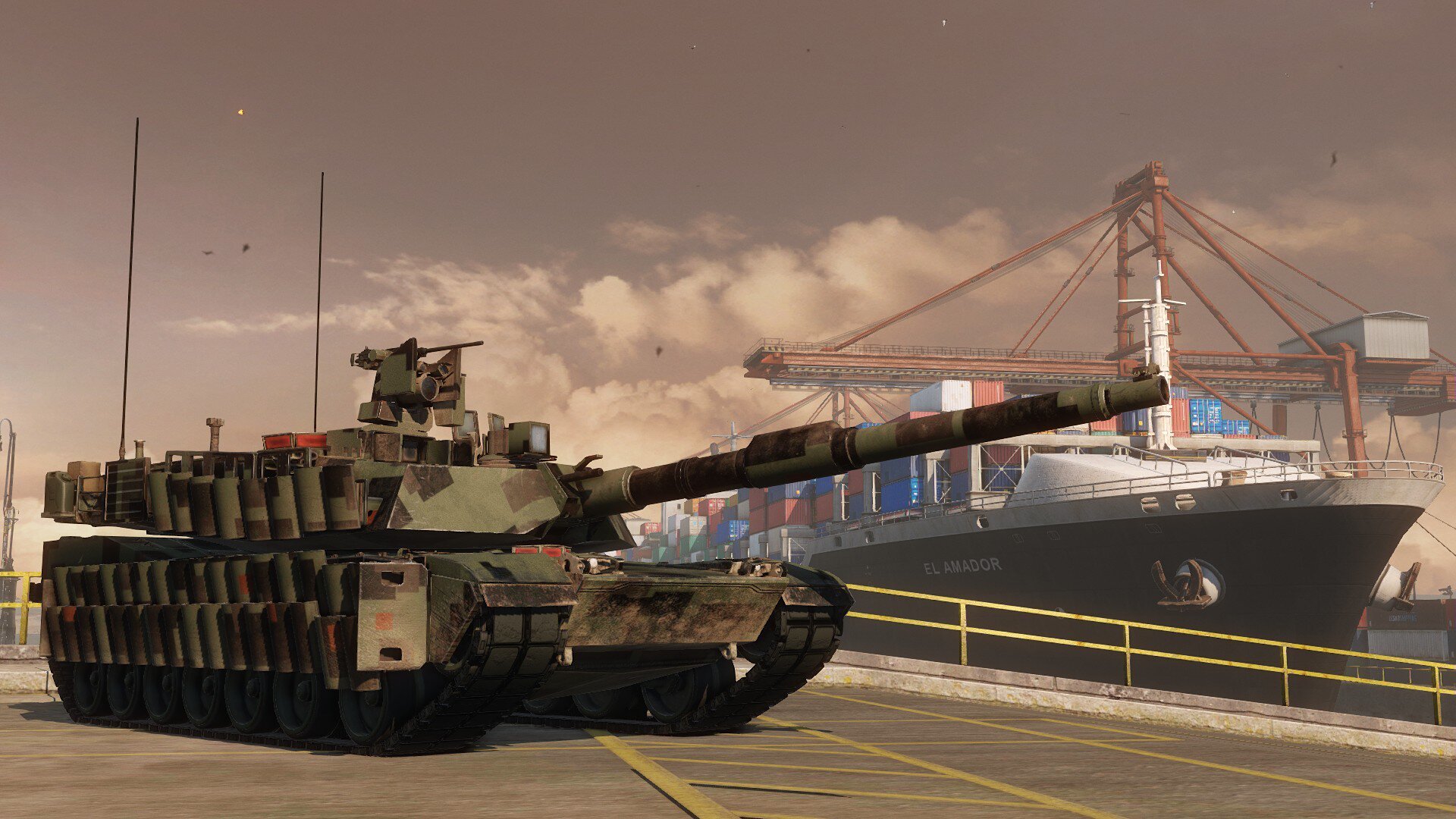
Dec 1, 2017
Armored Warfare - Silentstalker
Commanders!
You’ve shown us that you are good with tanks, but how good are you with video-editing tools? It’s time to find out!

Make the best Armored Warfare video you can and submit it until December 15, 2017 (16:00 CET) to the Steam Community Hub.
Prizes
Top three submissions (selected by Community Managers) will be awarded with the following rewards:
The best video will be also uploaded and featured on the official Armored Warfare Steam page!
Rules
You’ve shown us that you are good with tanks, but how good are you with video-editing tools? It’s time to find out!

Make the best Armored Warfare video you can and submit it until December 15, 2017 (16:00 CET) to the Steam Community Hub.
Prizes
Top three submissions (selected by Community Managers) will be awarded with the following rewards:
- First Place: PTZ-89 Tier 7 Premium Tank Destroyer and 7 days of Premium Time
- Second Place: Kampfpanzer 70 Tier 6 Premium Main Battle Tank and 3 days of Premium Time
- Third Place: ZBD-86 Tier 3 Premium Armored Fighting Vehicle and 1 day of Premium Time
The best video will be also uploaded and featured on the official Armored Warfare Steam page!
Rules
- Player's name has to be visible on the video at some point
- You agree that your creation/content may be published and used by My.com B.V. for promotional purposes
- You agree not to submit any content protected by copyright or already published on the Internet
- You identify yourself as the author of the creation/content you are submitting, presenting your player name somewhere in the video
- You agree that your creation/content does not contain any material that violates the Armored Warfare and/or My.com Terms of Service
- My.com holds the right to disqualify participant who breaks the rules

















